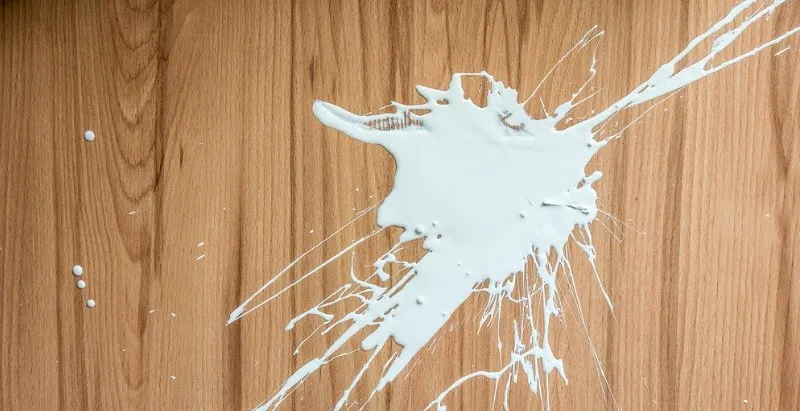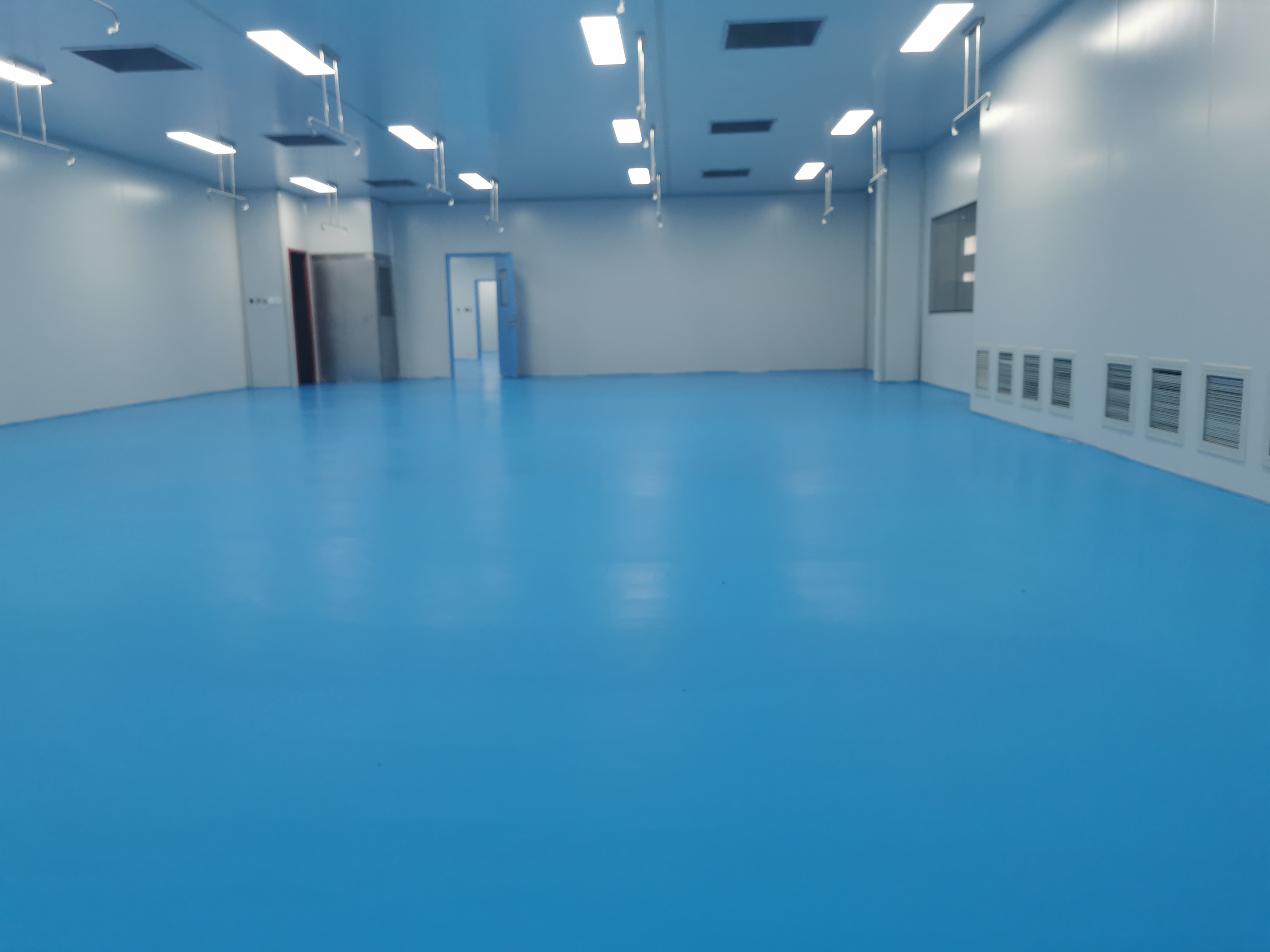how to remove paint from vinyl flooring?
Vinyl flooring is a favorite among homeowners thanks to its durability, water resistance, and easy maintenance. However, even the most careful painter can accidentally spill or splatter paint. Whether you’re dealing with a small paint drip or a larger mess, mastering the art of removing paint from vinyl flooring without damaging the surface is essential.

In this comprehensive guide, we’ll walk you through effective methods—from gentle cleaners to stronger solvents—and help you protect your vinyl floors from future mishaps. These tips work for both wet paint and stubborn dried stains. 1. Common Types of Paint on Vinyl Flooring When it comes to removing paint from vinyl flooring, identifying the type of paint you’re dealing with is crucial. Different paint formulas react differently to cleaning agents, and using the wrong method can lead to staining, discoloration, or surface damage. That’s why figuring out the paint type should always be your first step before attempting removal. Below, we break down the most common types of paint you might find on vinyl floors and how each one impacts your cleaning strategy. Water-based (latex) paint: Most household paints fall into this category, and they’re usually the easiest to remove; Oil-based paint: More durable and harder to clean. It requires stronger solvents and more careful handling; Acrylic paint: Dries quickly and is slightly harder to remove than latex paint, but not as tough as oil-based paint. 2. Tools and Materials You’ll Need Before you start removing paint, gather the following supplies: Soft cloths or paper towels, Plastic scraper or old credit card, Warm water, Mild dish soap, Rubbing alcohol (isopropyl alcohol), Acetone or nail polish remover (non-acetone is preferred for safety), Commercial vinyl floor cleaner (optional), Rubber gloves, Cotton balls or soft sponges. 3. Step-by-Step: Removing Wet Paint from Vinyl Flooring If you’ve just spilled paint on your vinyl floor, don’t panic—wet paint is much easier to clean than dried paint. Acting fast makes all the difference and helps you avoid permanent stains or surface damage. The key is to use the right materials and follow a gentle yet effective process that lifts the paint without harming the vinyl. Below is a step-by-step guide to safely removing wet paint from your vinyl flooring, whether it’s latex, acrylic, or oil-based. 1. Act Quickly:The sooner you address the paint spill, the better. Use a soft cloth or paper towel to blot the area gently. Avoid rubbing, as this can spread the paint or push it deeper into the texture of the vinyl.
2. Use Soapy Water:Mix a few drops of mild dish soap into a bowl of warm water. Dampen a cloth with the soapy water and gently wipe away any remaining paint residue. Rinse the area with clean water and dry it with a towel.
3. Use Rubbing Alcohol (If Needed):If some paint still remains, apply a small amount of rubbing alcohol to a cloth and gently dab the stain. Always test the alcohol on a hidden area of the vinyl first to ensure it won’t cause damage.
4. Step-by-Step: Removing Dried Paint from Vinyl Flooring
Dried paint is more difficult to remove from vinyl flooring because it adheres more strongly to the surface. Depending on the type of paint, removal may require a combination of mechanical scraping and chemical cleaning. It’s important to proceed carefully to avoid scratching or damaging the vinyl. The following steps provide a structured approach to effectively and safely treating dried paint stains.
1. Scrape Gently:Use a plastic scraper or an old credit card to carefully lift off the dried paint. Never use metal tools—they can scratch the vinyl.
2. Apply Rubbing Alcohol or Vinegar:For water-based or acrylic paints, rubbing alcohol often works well. Dampen a cloth or cotton ball with alcohol and press it onto the paint for a few minutes to soften it. Alternatively, try white vinegar as a natural solution. Soak a cloth in vinegar, lay it over the paint for 5–10 minutes, then scrape gently.
3. Use Acetone with Caution:For stubborn oil-based paint, you may need acetone or non-acetone nail polish remover. Apply a small amount to a cloth and dab the paint gently. Important: Always test acetone on a hidden area of your vinyl flooring first to make sure it won’t cause discoloration or damage.
4. Rinse Thoroughly:After the paint is removed, clean the area with soapy water to eliminate any chemical residue. Dry the floor with a clean towel.
5. When to Use a Commercial Cleaner
If home remedies don’t work, or if you’re worried about damaging your floor, a commercial vinyl-safe cleaner is a good option. Look for products specifically designed for removing paint from vinyl flooring. Follow the manufacturer’s instructions closely, and always ensure the area is well-ventilated when using strong chemicals.
6. How to Protect Your Vinyl Floors from Paint in the Future
The most effective way to keep your vinyl flooring looking good and in good condition is to prevent paint from coming into contact with it. Taking a few precautionary steps before starting any painting project can help you avoid spills, stains, and unnecessary cleaning. The following recommendations outline practical ways to protect vinyl surfaces from accidental paint exposure during maintenance or renovation work.
Use drop cloths or plastic sheeting when painting near vinyl floors;
Tape the edges of the flooring for extra protection;
Keep a damp cloth nearby to wipe up small drips quickly.
7. FAQs About Removing Paint from Vinyl Flooring
Q: Can I use a magic eraser on vinyl flooring?
A: Yes, but use it with caution. Magic erasers are mildly abrasive and may dull glossy finishes over time.
Q: Will Goo Gone remove paint from vinyl flooring?
A: Goo Gone can work on certain types of paint, but always test it on a small, hidden area first to avoid damage.
Q: Is paint thinner safe for vinyl floors?
A: No. Paint thinners can damage vinyl flooring by breaking down its protective wear layer. Stick to safer solvents like rubbing alcohol or vinegar.
Q: What’s the easiest way to remove paint from vinyl flooring?
A: The easiest method is using warm soapy water and a soft cloth—especially if the paint is still fresh. For dried paint, rubbing alcohol is usually the most effective and vinyl-safe option. Avoid harsh chemicals unless absolutely necessary, and always test any cleaner on a small area first.
Q: Can vinegar remove paint from vinyl floors?
A: Yes, white vinegar can help soften dried paint on vinyl flooring. It’s a natural, non-toxic option that works best on latex or acrylic paints. Simply soak a cloth in warm vinegar, lay it over the paint for several minutes, then scrape gently with a plastic tool.





